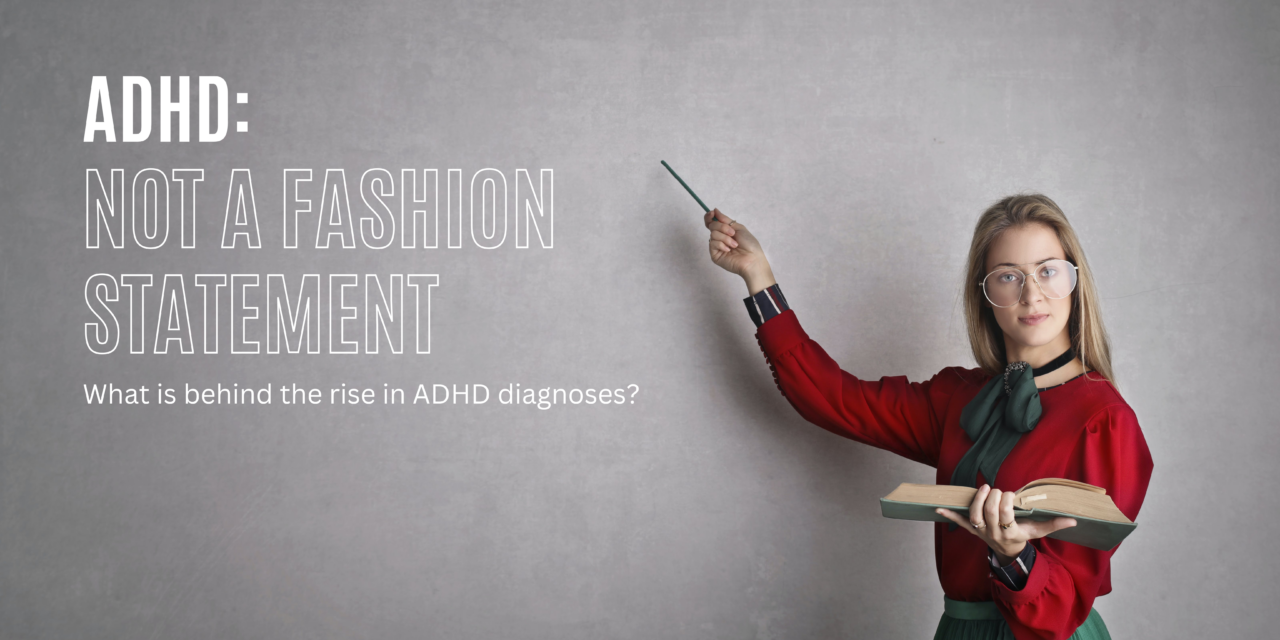What is ADHD? ADHD Australia provides a useful definition, ADHD refers to Attention Deficit Hyperactivity Disorder (ADHD), a complex neuro-developmental disorder which affects a person’s ability to exert age-appropriate self-control. It is characterised by persistent patterns of inattentive, impulsive, and sometimes hyperactive behaviour, and is frequently accompanied by emotional regulation challenges.
In recent years, the surge in ADHD diagnoses has become globally recognised, affecting countless lives. With approximately 6% (366.3 million) adults worldwide with symptomatic ADHD, there have been many questions around the increased diagnosis numbers over the past few years, it’s essential to understand that this isn’t just a passing trend; it’s a transformation in how we perceive neurodiversity.
The COVID-19 pandemic and associated lockdowns have played a pivotal role in this surge. Disrupted routines, heightened mental health challenges, and increased exposure to social media have all contributed. What’s equally significant is that high-profile individuals such as Greta Gerwig, Abbie Chatfield and Paris Hilton sharing their ADHD experiences have reduced the stigma around the condition, making it more accessible for people to seek help.
But here’s the heart of the matter: it’s not about trends or influencers. It’s about everyday individuals, often undiagnosed, who have been struggling through these challenging times while striving to contribute to their careers. It’s a profound shift in their lives that deserves our understanding and support.
ADHD’s impact isn’t limited to individuals alone; it extends to employers. Late-stage ADHD diagnoses can be a game-changer for both parties. Employers need to recognise that neurodivergent brains work differently than neurotypical brains, with unique strengths and should adapt to provide the necessary support and guidance during their transition.
ADHD’s increasing prevalence is a reflection of the complex interplay between genetics, neurobiology, and environmental factors. It’s important to note that while traditionally seen as a childhood disorder, up to 90% of children with ADHD continue to experience symptoms into adulthood. Moreover, many adults with ADHD were not diagnosed during childhood, with women being significantly underdiagnosed.
There is much to be said about the diagnosis of adult ADHD among women, shedding light on an often under-diagnosed population. This has also sparked the dialogue around the bias in diagnostic techniques, which have focused around behaviour and symptoms more commonly exhibited by boys and men, potentially leaving many women with ADHD undiagnosed.
At Xceptional, we advocate for neurodiversity and continue to work with employers and HR leaders to provide professional development and diversity and inclusion solutions. While we’re navigating this evolving landscape, let’s continue the conversation and promote a more inclusive and accepting society.


